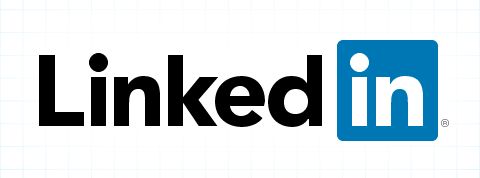Reducing Maintenance Costs in Multi-Unit Developments
In multi-unit developments, maintenance costs can quickly spiral out of control if they’re not managed effectively. Whether you oversee an apartment block or a commercial building with multiple tenants, controlling these costs is essential for ensuring long-term profitability. With the right strategies, you can not only reduce maintenance overheads but also improve tenant satisfaction and increase the longevity of the building.
Here are some practical methods to help you optimise your maintenance processes.
The True Cost of Maintenance Overheads
Many property managers overlook the hidden costs associated with maintenance, which can extend beyond just repair bills. The time spent managing contractors, coordinating repairs, and dealing with tenant complaints adds up, contributing to your overall expenses. Additionally, frequent emergency repairs often cost significantly more than regular maintenance tasks. To address these concerns, you need to track both direct and indirect maintenance costs, including labour hours and equipment usage. This way, you can plan better and reduce the reliance on expensive, reactive repairs.
Design for Durability
The design of your development plays a crucial role in reducing maintenance costs over time. By opting for durable materials and construction methods, you can significantly lower repair and replacement needs. And choosing materials with a longer lifespan reduces not just immediate costs but also the ongoing need for maintenance contractors. Additionally, designing spaces with easy access to key components like plumbing, electrical systems, and HVAC units will streamline repairs and decrease labour time and costs when problems arise.
Integrating Energy-Efficient Systems
Incorporating energy-efficient systems in your development not only benefits the environment but also reduces long-term operating costs. Installing energy-efficient heating, cooling, and lighting systems will lower utility bills and reduce the wear and tear on older systems that may require frequent maintenance. For instance, upgrading your central heating systems to more modern, efficient models can help reduce both energy costs and the frequency of service calls. The upfront investment in these systems pays off over time through lower energy consumption and fewer repairs.
Maintenance Strategies and Smart Scheduling
One of the most effective ways to reduce maintenance costs is through proactive scheduling. Setting a clear maintenance schedule not only helps in identifying potential problems early but also optimises contractor time and reduces the risk of system failures. Consider integrating predictive maintenance tools that use data to anticipate when a system might fail, enabling you to address issues before they arise. This approach reduces downtime and ensures that systems are working efficiently, saving you from costly last-minute repairs.
Coordination and Cross-Trade Collaboration
To maximise efficiency, coordination between different tradespeople is key. When various contractors work together seamlessly, you avoid redundant repairs and ensure that tasks are completed on time and to a high standard. An integrated approach prevents duplication of work, saving both time and money. Regular cross-trade meetings can also help ensure that everyone is on the same page when it comes to maintenance priorities, future upgrades, and the general health of the building. With better communication, you can eliminate gaps in service and streamline the maintenance process, reducing costs over the long term.






